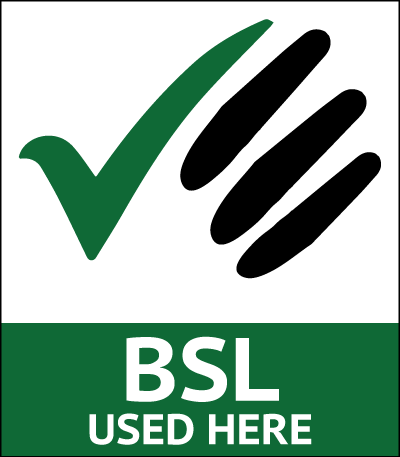E-cigarettes
E-cigarettes
E-cigarettes
An electronic cigarette, also known as an e-cigarette, is an electronic inhaler that vaporises a liquid solution into an aerosol mist, simulating the act of tobacco smoking.
All e-cigarettes use a rechargeable battery to power the vaporiser and these batteries require recharging on a regular basis. A number of incidents have been reported nationally whereby the battery has either overheated or exploded during the charging process.
E-cigarettes are known to contain lithium ion batteries; this type of battery is known to have caused fires in the past due to 'thermal run away' which can be caused by overcharging, physical damage or a defect within the battery during manufacture.
Members of the public are advised to always follow manufacturer's instructions and guidance when charging e-cigarette battery packs.
Some e-cigarettes may not have a plug. They charge by connecting the battery into a USB hub and then into a laptop; it is therefore essential that the manufacturers instructions, in relation to charging times, are followed.
Power adaptors used for charging e-cigarettes should comply with The Electrical (Safety) Equipment Regulations 1994 and The Electromagnetic Compatibility Regulations 2006. They must be marked with the following:
- CE Mark
- The name or trademark of the manufacturer or responsible supplier.
- Unique identifier e.g. model, type, batch/serial number.
- The rated voltage(s), power/current and frequency.
Recently there has been an increase in the number of unbranded e-cigarette chargers available to consumers; many of which are non-compliant with regulations. Specific risks found with these chargers include:
- Wiring not mechanically retained.
- Lack of instructions.
- Overheating of the charger.
- Possibility of fire.
- Non conformity of the plug part.
- Electric shock via the secondary parts.
It is recommended that only the battery and charger provided with the e-cigarette are used when charging.

